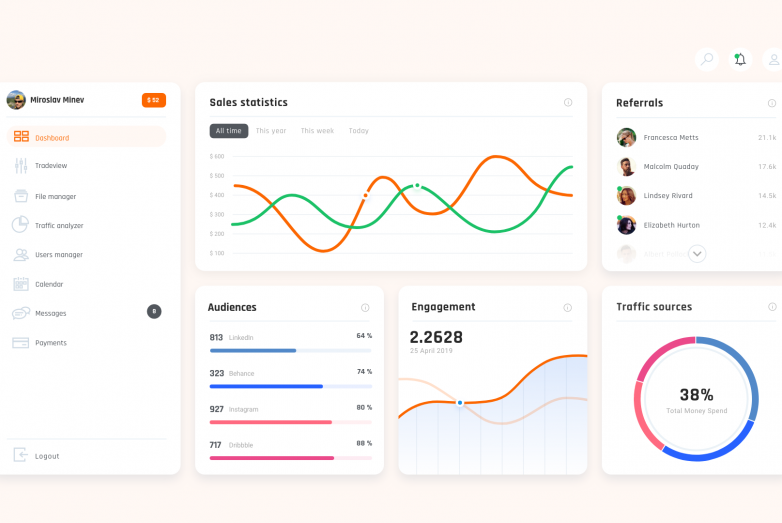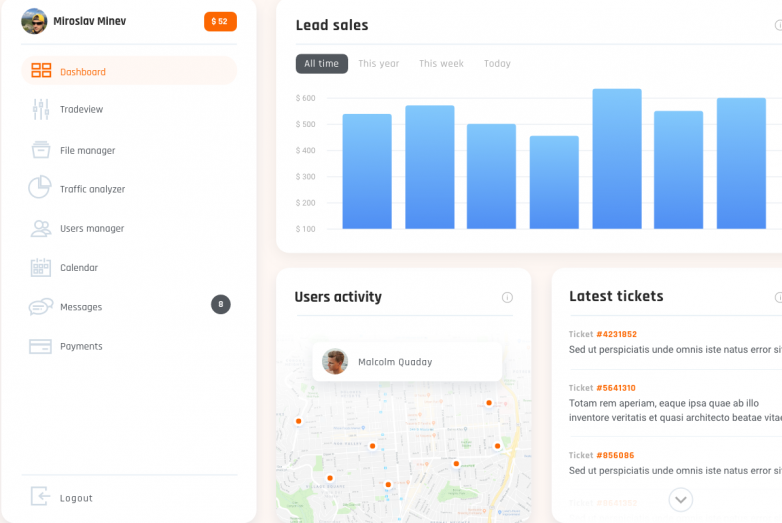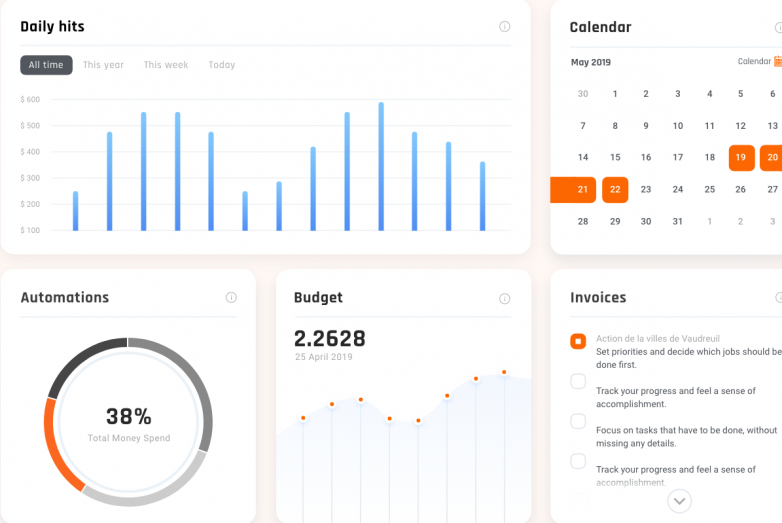Home / CRM Strategies / Executive Vision and Management
With a successful CRM implementation, executives have real-time access to insightful information and data for process adherence by the organization. The capabilities of dashboards and custom analytics can allow the organization to achieve the following:

With having the right information at hand, organizations can identify the gap in the present and the future and build strategies to bridge that gap. This keeps the organizations on track to achieve their goals and a steady growth by improving the existing processes, access to more accurate information and creating tactics to increase sales. Some of the KPIs which can be tracked to ensure steady growth are:
A CRM allows the employees to have accurate information and hence, decision-making capabilities at their fingertips. Time-consuming and data entry tasks can be automated with the proper implementation of CRM in order for employees to focus on value-added tasks for the company. Some of the metrics that can be tracked regarding employee performance are:

With the right information at hand, organizations can track both tangible and intangible ROI (return on investment) for the different initiatives (both internally and externally) undertaken and decide which initiatives need a strategic direction and approach. Some of the information points that can assist organizations to calculate ROI are:
It is critical for organizations to retain existing customers by continuously providing value and at the same time acquire new customers. The average success rate of upselling to an existing customer is three times that for a new customer. Understanding their customers can enable organizations to reduce their CRC and CAC and can help them sustain growth and maintain profit margins. Knowing your clients’ CLV (Customer Lifetime Value) can enable organizations to decide priorities and set strategies and tactics for customer retention vs acquisition. The following KPIs can be tracked to increase the CLV:
